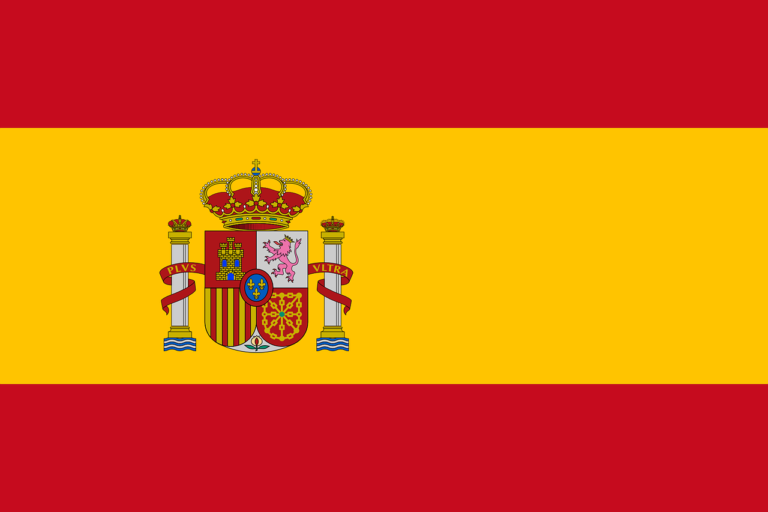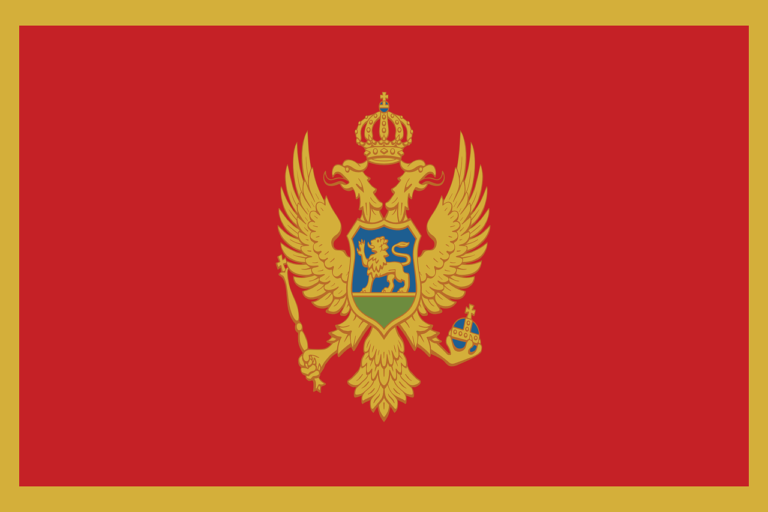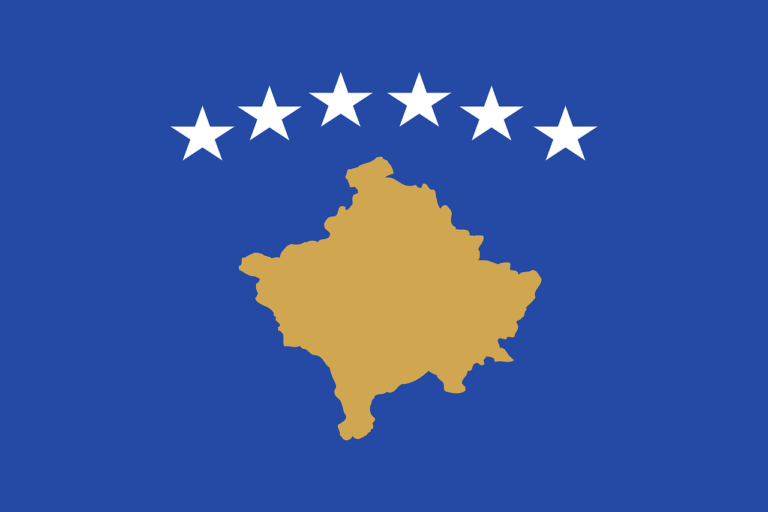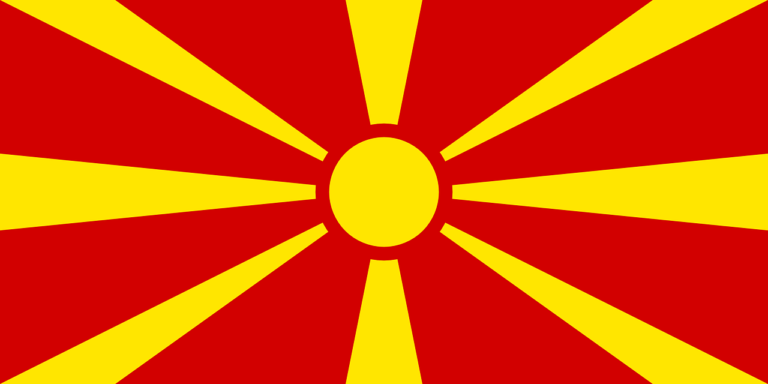Flags are powerful symbols that represent the identity, history, and values of a nation. The national flag of the Netherlands, known as the “Flag of the Netherlands” or “The Dutch Tricolor,” with its iconic red, white, and blue horizontal stripes, stands as a proud emblem of the country’s unity, freedom, and rich cultural heritage. In this blog post, we will explore the fascinating story behind the Netherlands national flag, tracing its origins, symbolism, historical significance, and its enduring importance in contemporary Dutch society.
Origins and Evolution:
The Netherlands national flag consists of three equal horizontal bands of red (top), white (middle), and blue (bottom). Its design dates back to the late 16th century, during the Dutch Revolt against Spanish rule. The flag was initially used by the Dutch Republic and has evolved over time, reflecting the country’s political changes and historical events.
Symbolism and Meaning:
The colors of the Netherlands national flag hold significant symbolism. The red band represents bravery, strength, and the sacrifices made in the struggle for independence. The white band symbolizes peace, integrity, and the pursuit of equality. The blue band represents loyalty, trust, and the country’s maritime heritage. Together, the colors embody the values of unity, freedom, and tolerance that are deeply rooted in Dutch society.
Historical Significance:
The Netherlands national flag carries a rich historical significance, representing the country’s fight for independence and its enduring spirit of resilience. It was during the Dutch Revolt in the late 16th century that the tricolor flag gained prominence as a symbol of resistance against Spanish rule. Over time, the flag became a rallying point for the Dutch people and an embodiment of their determination to uphold their freedom and self-governance.
Contemporary Importance and National Identity:
In present-day Netherlands, the national flag holds great importance and is proudly displayed on public buildings, private residences, and during national celebrations and events. The flag serves as a symbol of national pride, unity, and identity, fostering a sense of belonging and solidarity among the Dutch people. It represents the values of inclusivity, tolerance, and democracy that define Dutch society.
The Netherlands national flag plays a crucial role in shaping the national identity of the country. It is a unifying symbol that transcends regional differences and reminds the Dutch people of their shared history, values, and aspirations. The flag embodies the principles of multiculturalism and acceptance that have made the Netherlands a diverse and progressive nation.
International Recognition and Influence:
The Netherlands national flag is recognized worldwide, symbolizing the country’s democratic values, innovation, and global influence. It is proudly displayed at Dutch embassies, consulates, and international events, representing the Netherlands’ diplomatic relations and contributions to international cooperation. The flag’s design has also inspired other nations and influenced various fields, including art, design, and fashion, showcasing its enduring appeal and recognition on the global stage.
The Netherlands national flag, with its iconic tricolor design of red, white, and blue, is a powerful symbol of unity, freedom, and the rich heritage of the Dutch people. It represents the country’s historical struggle for independence, its commitment to democracy, and its inclusive and tolerant society. The flag fosters a sense of national pride, identity, and solidarity among the Dutch people, transcending boundaries and embodying the spirit of the Netherlands as a progressive and forward-thinking nation. As the Netherlands continues to evolve and face new challenges, the national flag will remain an enduring symbol, representing the country’s enduring values and its place in the global community.






